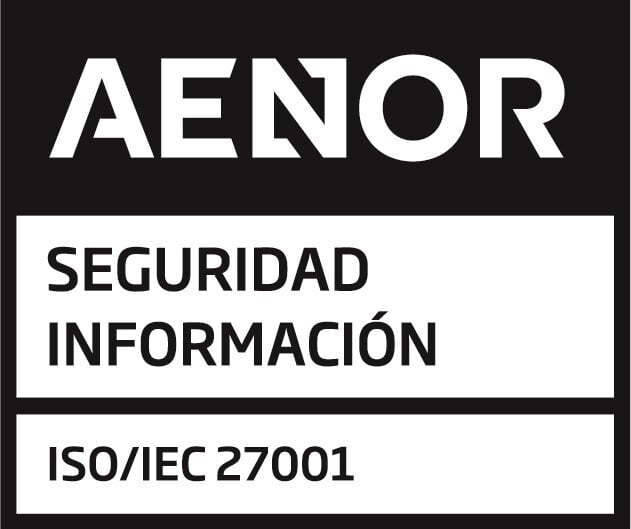Considering everything, growing the revenue of a business and reducing costs is a delicate juggling act. An improvement in one segment of the business may harm another one elsewhere, and the cheapest alternative is not always the most favorable.
As business leaders strive to enhance customer loyalty and increase profits, it will be essential to establish the right processes and systems, and better strike a balance between different business needs.
Cost-effectiveness and cost-efficiency are both crucial for your business, but there is a difference. This post delves into the cost-effective vs. cost-efficient debate and surveys ways to enhance the strategies, including the application of QBI software.
Ways to Improve Cost-Effectiveness
Given the limited amount of resources that most businesses can spend, cost-effectiveness means deriving the most from the limited resources.
When considering how to improve cost-effectiveness in a business, several elements come into focus – workforce, business facility, equipment, and suppliers. You may also include marketing and software.
As a business owner, you want to take care of how much you spend on wages. Your business strategy should go hand in hand with the positions and the accompanying key performance indicators (KPIs). For instance, the ROI for marketers should be specific, and there should be a specific number for sales.
If you have a long-term supplier, you should be in a position to negotiate for cost-effective engagements or even discounts. Buying items in bulk is a popular method of being cost-effective.
On paper, software should make running your business more cost-effective. Businesses have a wide range of software types to use including accounting software, human resource software, email marketing software, and renewable asset management software.
Some of the software options out there are extremely expensive, yet sometimes you need to use several for your business. Apart from insisting on only what you need, it pays to use a platform that offers a single source of truth like the QBI software.
Ways to Improve Cost-Efficiency
Cost-efficiency in the business is changing a process or a product to improve the bottom line. There are numerous ways of enhancing cost efficiency, and businesses normally apply one or several depending on their status. Let’s look at some of these strategies with the example of a small juice-making business. Let’s call it Smooth Drinks.
Cost Cutting
The business is unable to compete with others in the area that offer many other products alongside juice. Similarly, it can’t compete with well-established juice-making companies that are already selling bottled options.
To remain profitable, the business owner opts to cut costs. He decides to do most of the business alone – buying fruits, preparing the fruits, serving customers, etc. This way, he can sell the juice at a cheaper price.
Innovation
After several years of making good profits, the business owner decides to grow the business to make bottled juice. He has no problem taking the business to this new level because he can promote the business by word of mouth. Economies of scale are now within reach when getting raw materials and buying new business equipment. Thanks to innovations like this, the business spends significantly less time sourcing fruits and preparing juice. Innovation has enabled the business to be more cost-efficient and benefits the customers even more.
Value creation
With the accumulation of profits in the business, the owner now invests in a small truck and engages his brother. Now the duties in the business can be split between the two. Customers have a more fulfilling experience because they can now take their juice under a shade, and get served faster. At the same time, the business owner can charge slightly higher to go with the better services. This means that despite the business costs rising, cost-efficiency was largely unaffected. With this strategy called value creation, the result is increased revenues and profits.
Examples Applied to the Energy Market
Every energy business is striving to better its operations. The strategy is often to maximize resource utilization, whether you are talking about finances, time, or human resources. In pursuit of efficiency, it is possible to jeopardize the effectiveness of the organization.
Here are some areas the energy market needs to focus on when considering cost-effectiveness and cost-efficiency:
- Human resource
- Business premises
- Marketing expenditure
- Suppliers
- Equipment
Cost-Benefit Analysis
It is pertinent to find a healthy balance between effective cost and efficient cost in your energy business. That’s where the cost-benefit analysis (CBA) method comes in. You can use this analysis to determine which cost to alter and how. A CBA can help you not only check if a cost is viable for a business but also compare its cost-effectiveness and cost-efficiency.
Depending on the amount of input data involved, this analysis can be tiring. Hence, using an advanced platform is recommended.
How Management Software Can Help You
As renewable energy assets generate increasingly complex issues, QBI Solutions provide management software to help businesses navigate. Are you planning to initiate capital investments? Do you want to adjust the price a bit? Any time you are making a major decision for your business, cost benefit analysis backed by management software is crucial.
Using a highly reliable platform that provides accurate data, your business can achieve insightful analysis. Our software is a single source of truth because it integrates important elements of CBA such as enterprise resource planning (ERP) and forecasting.
For a thorough analysis of your business’ cost-effective vs. cost-efficient performance, contact a QBI specialist.
